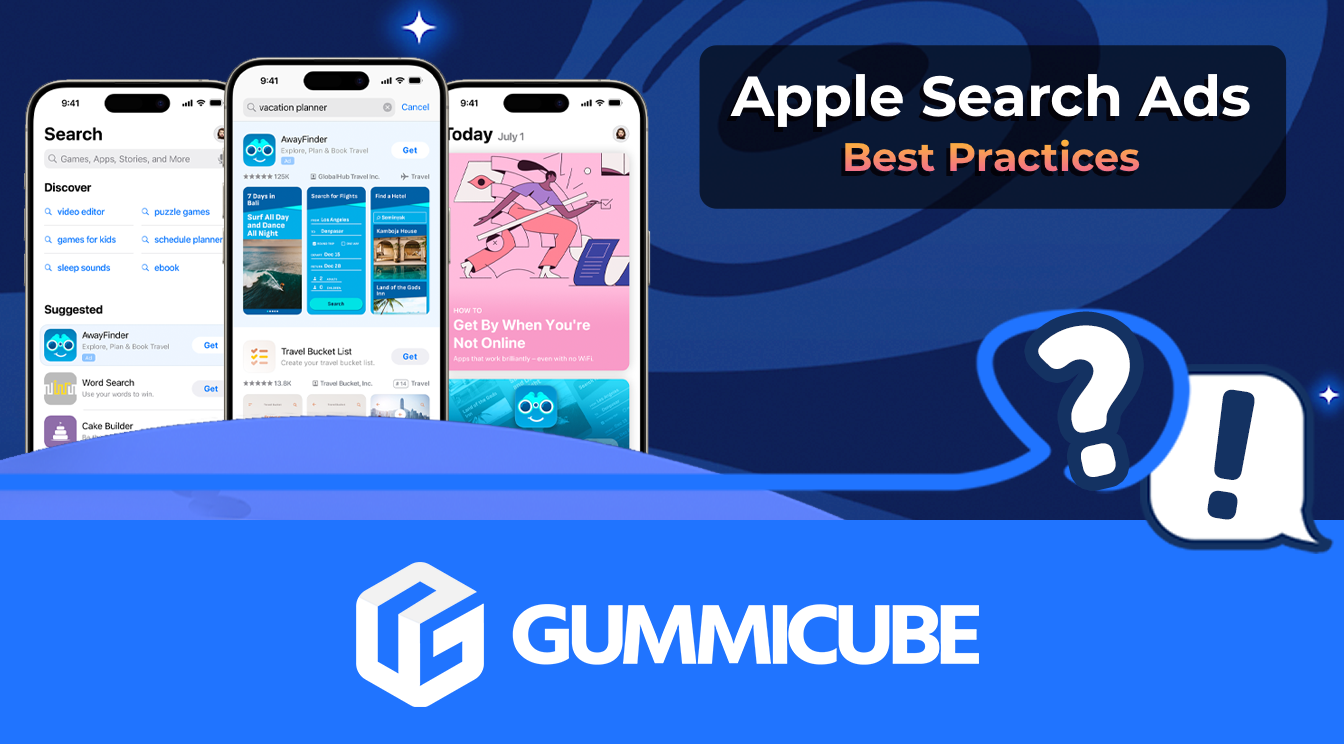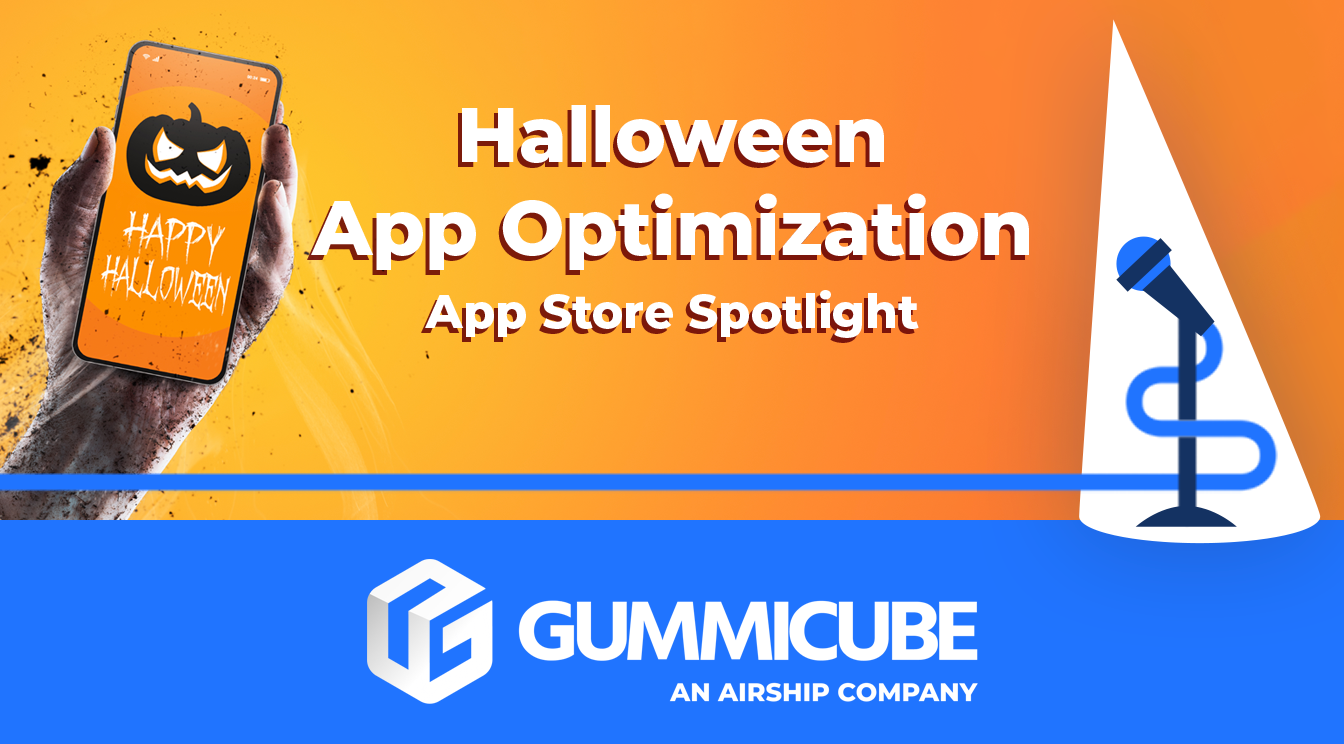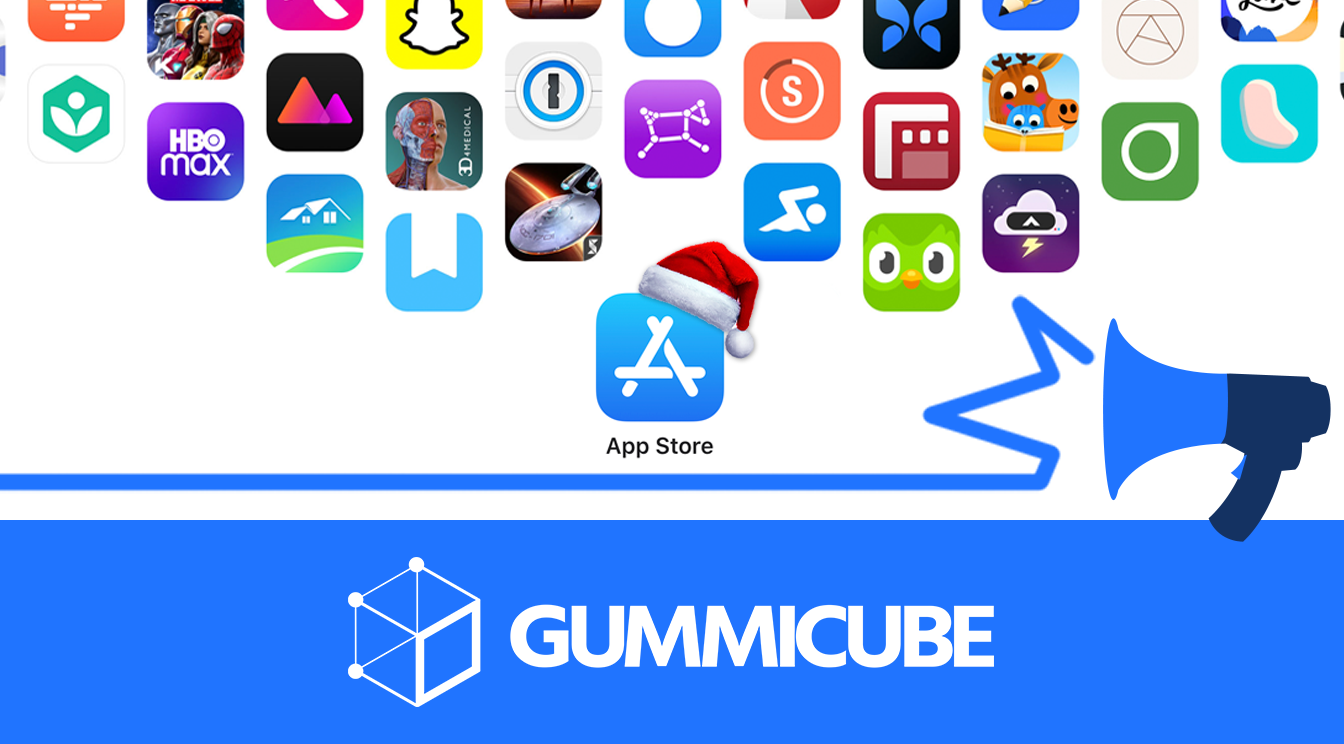
5 Best Practices for Apple Search Ads
Posted on July 3rd, 2024
Are you leveraging Apple Search Ads the right way? Take a look at these recommendations to optimize your paid campaigns and target the right users.

Your category ranking is only driven by your velocity and volume and downloads, but where is everyone else getting their traffic?
One thing that people often tend to leave out in their mobile marketing plans is web traffic.
Any traffic directing users to the app stores has the potential to convert into installs. In order to formulate a holistic marketing plan, take into consideration how other users may be discovering your app by tracking and tagging web links.
Depending on your app, your developer website (or even app website) may have considerable traffic. Without any links on those pages, users are faced with a dead-end, making them open up the app stores on their devices to find your app.
Let’s make it easier for your potential users and talk about how you can leverage your own web traffic and turn them into installs.
UTM stands for “Urchin Traffic Monitor”, with its origins rooted in Google Analytics. In order to start tracking user journeys from an initial ad/hyperlink, UTM links would need to be created. UTM code is a snippet of code that you can add on to the end of a URL to track the performance of campaigns and content.
This means, for any user that stumbles upon a link on the internet, developers can track that discovery and interaction through tools like Google Analytics or an attribution tool.
In order for you to track the performance of your campaigns or even the associated users, there are two types of integration your app may need:
Google Play Campaign Attribution OR iOS Install Campaign Management
Either attribution setup would only capture top-of-funnel metrics, meaning any activity captured up until the install. Only enabling these campaign attributions would prevent developers from understanding any level of user quality.
General Campaign & Traffic Source
This integration allows developers to track down-funnel metrics, allowing developers to understand to what depth a user goes into. This will only allow for a holistic understanding of web traffic if the Google Play or iOS campaign attribution tagging has been configured.
Both levels of parameters would need to be incorporated into the build in order to track campaign success.
For Android, you would also need to deprecate any old receivers in order to integrate a new Install Referrer API.
Web referral campaigns of this nature can be tracked in several places:
iOS:
App Store Connect -> Metrics -> Sources
Once filtered, the source you can select is “Web Referrer”. App Store Connect gathers top-of-funnel activity, down to the link that users may have discovered your app.
Google Play:
Google Play Developer Console -> Store Performance -> Store Analysis
Once toggled, developers can view top-of-funnel source UTMs under “UTM campaign” or “UTM source”.
Attribution Tools:
If your app has an attribution tool properly integrated, down funnel metrics can be assessed after a campaign has launched. Tools like Google Firebase, Adjust or Appsflyer can be used to assess user quality or journey.
Use Case
So how does this really work? How can any developer understand the user behavior or quality of a user coming from the widest traffic pool available: The internet.
Once an app has been configured properly with an attribution tool and its campaign parameters, developers would need to use either the iOS or Google Play link builder:
Once the URL has been created, these links can be incorporated into any web page.
As a user sees the link for the first time, they can then click on the link to then land on the main app listing. If your app creative and metadata has been properly optimized, allowing users to correlate what they first saw down to what they are now seeing, users may convert, becoming your brand new install.
From there, the Attribution Tool will handle all the tracking. That same user who discovered the web link can be tracked down through any event that you’ve enabled, giving you an understanding if that web user ends up being a subscriber, active user or a retained user in the long run. Developers can then adjust and tailor their campaigns to capture the most fruitful traffic.
Leveraging web traffic can hugely benefit your overall performance in the app stores. Outside of just increasing the number of downloads your app received, additional traffic can aid in overall keyword indexation and help you test your app even further.
Want to learn more about App Store Optimization? Contact Gummicube and we’ll help get your strategy started.

Are you leveraging Apple Search Ads the right way? Take a look at these recommendations to optimize your paid campaigns and target the right users.

Ghostly happenings are among us... and in your app listing too? If you aren't leveraging the power of app seasonality to make relevant tweaks to your store listing you're leaving precious engagement and conversions on the table.

Developers on the iOS App Store should plan in advance of the upcoming Holiday Schedule to allow enough time for apps to get approved during the busy holidays.